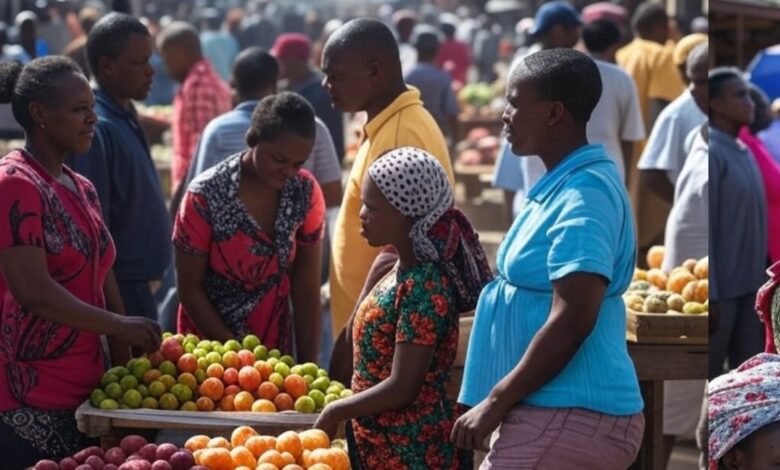Zimbabwe’s population nears 17 million amidst economic and enviromental challenges

Duduzile Nyathi
Zimbabwe’s population has reached an estimated 16,807,162 people as of January 20, 2025, marking a significant milestone in the nation’s demographic landscape. This figure represents a growth rate of 1.89% per year, showcasing the country’s steady population increase despite facing numerous socio-economic and environmental hurdles.
The Zimbabwe National Statistics Agency (ZimStat) highlighted that the country adds approximately 1,372 births daily, while the death rate stands at 343 per day. With this growth, Zimbabwe’s population is equivalent to 0.2% of the world’s total population, indicating its place in global demographic trends.
The population is comprised of approximately 7.93 million males and 8.71 million females, resulting in a sex ratio of 91.084 males per 100 females. This slight imbalance can be attributed to various factors including higher male mortality rates and migration patterns.
The median age in Zimbabwe stands at 18.0 years, reflecting a young demographic profile. This youthfulness is both an opportunity and a challenge, offering a potential demographic dividend if harnessed through education and employment opportunities but also straining resources like healthcare and education.
Approximately 37.9% of Zimbabwe’s population lives in urban areas, with Harare and Bulawayo being the largest cities. This urban concentration contrasts with the rural majority, where agricultural productivity is critical but increasingly compromised by environmental issues like drought.
The population growth comes at a time when Zimbabwe faces significant economic challenges, including hyperinflation, high unemployment, and a currency crisis. The economic strain is reflected in the country’s struggle to provide basic services to its growing populace, particularly in healthcare and education sectors.
The environmental challenge, particularly the drought linked to El Niño, has had profound effects on food security, with an estimated 6 million people needing food assistance in the lean season of 2025. This situation is exacerbated by the population growth, putting additional pressure on already stressed resources.
However, the demographic structure offers a window for economic recovery. With a significant portion of the population being young, there’s potential for economic growth if investments in education, health, and job creation are prioritized. The challenge lies in managing this growth sustainably, ensuring that the population increase does not outstrip the country’s capacity to provide for its citizens.
Government and policymakers are urged to focus on: Family Planning: Enhancing access to family planning services to manage population growth rates in line with resource availability.
Investing in education to leverage the demographic dividend, and creating jobs to absorb the growing workforce.
Promoting practices that can withstand climate change effects, like irrigation and drought-resistant crops, to secure food supplies.
Expanding health infrastructure to cater to the needs of a growing population, especially in rural areas.
As Zimbabwe navigates these complexities, the population statistics not only serve as a reminder of the human capital at its disposal but also as a call to action for sustainable development strategies that can support this burgeoning population.
Source: This story is based on data from the Zimbabwe National Statistics Agency, the United Nations Population Division.




